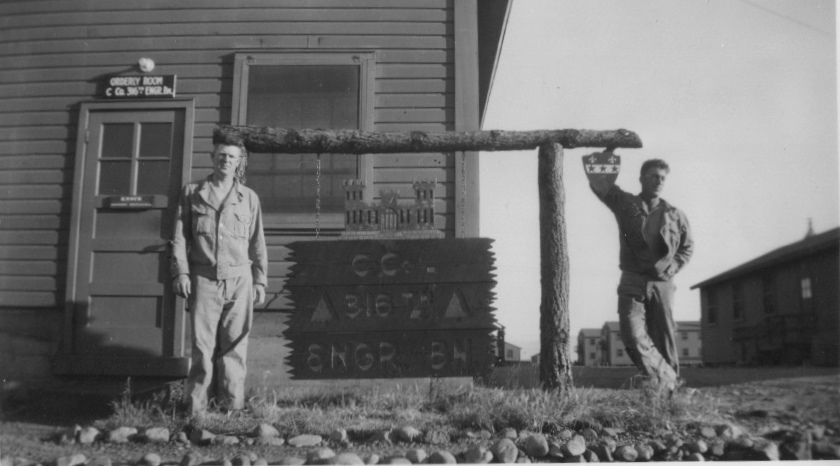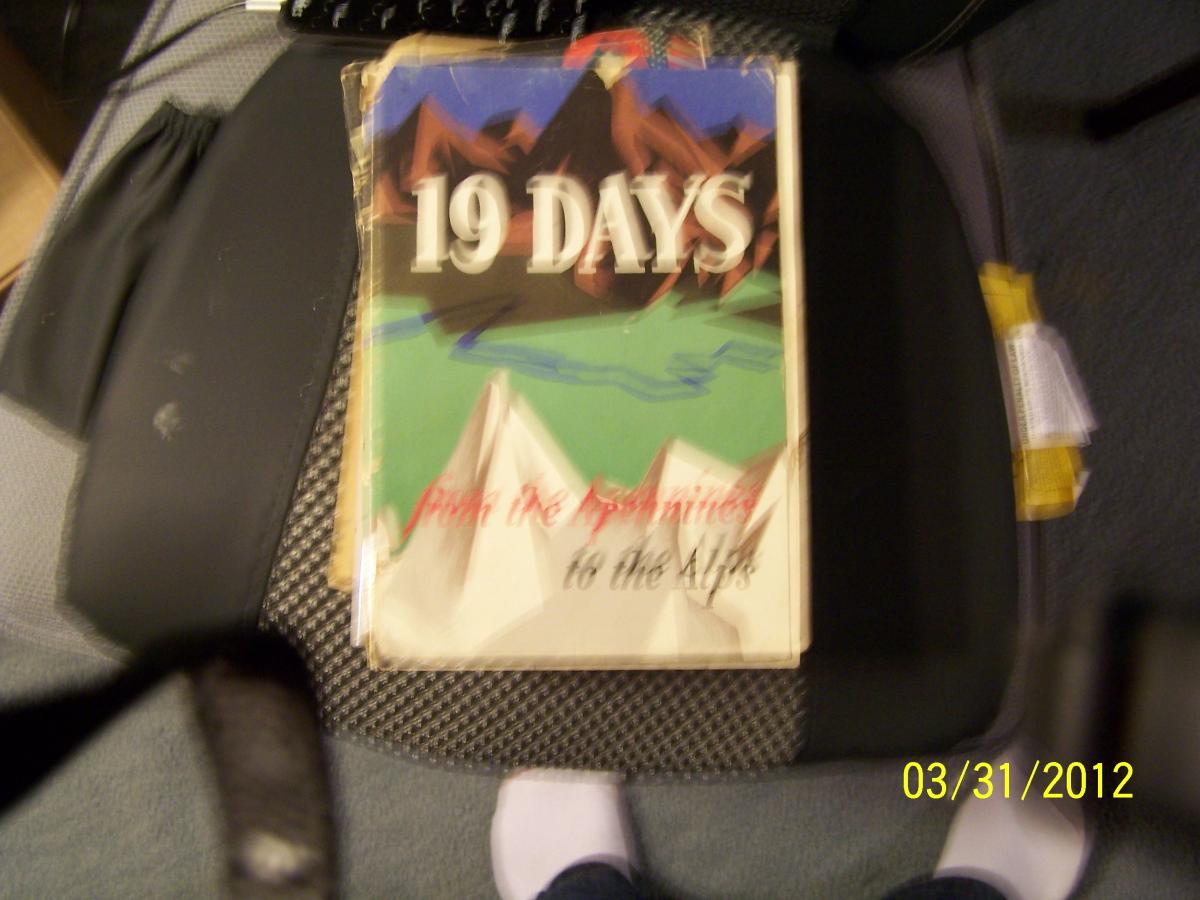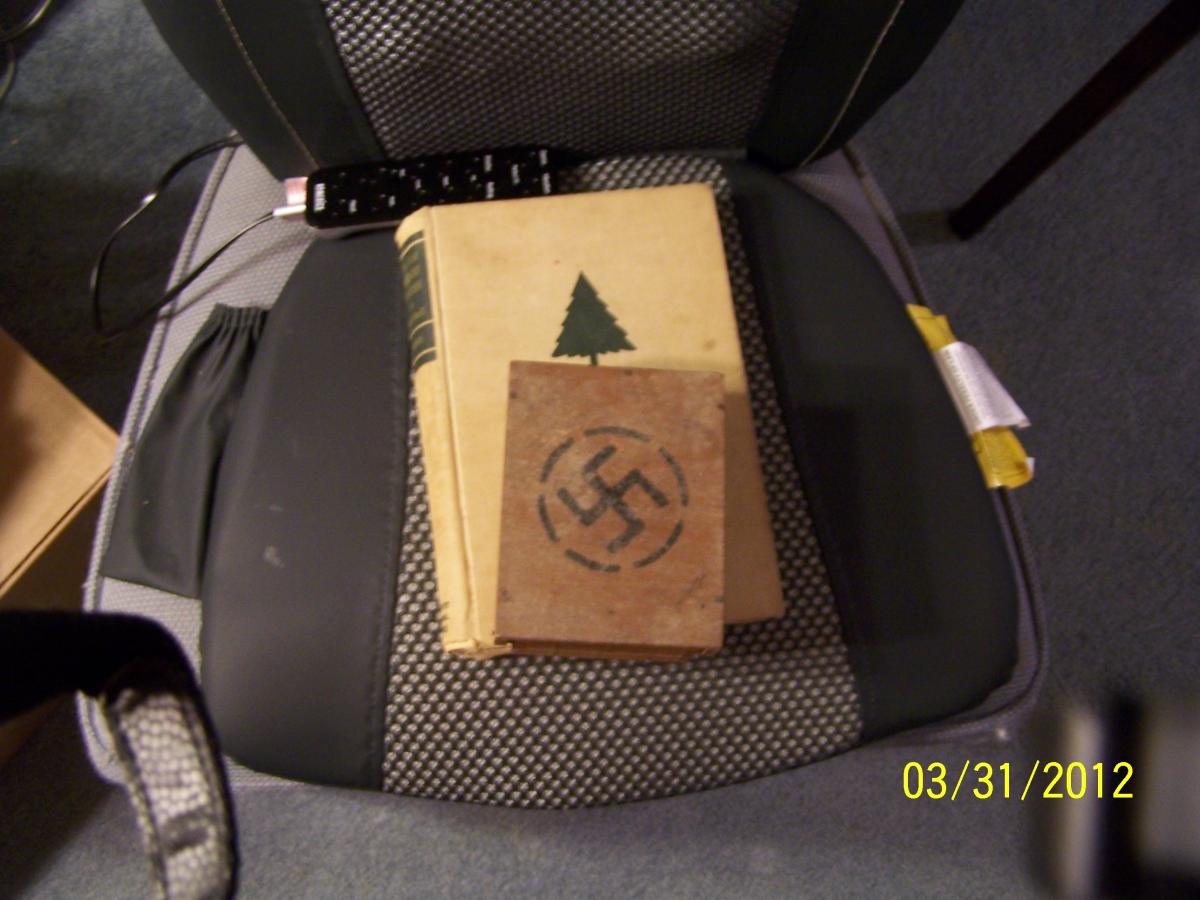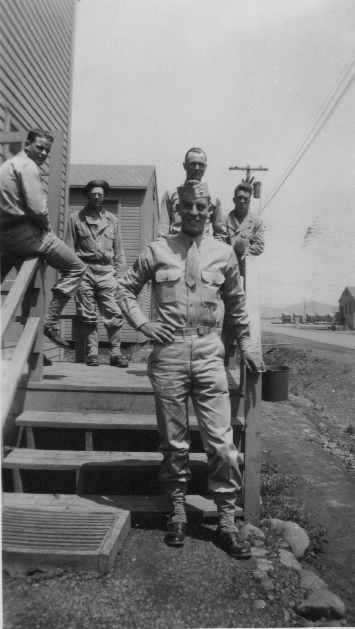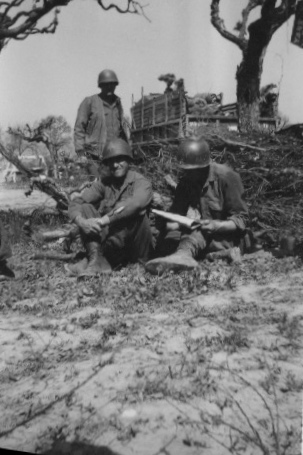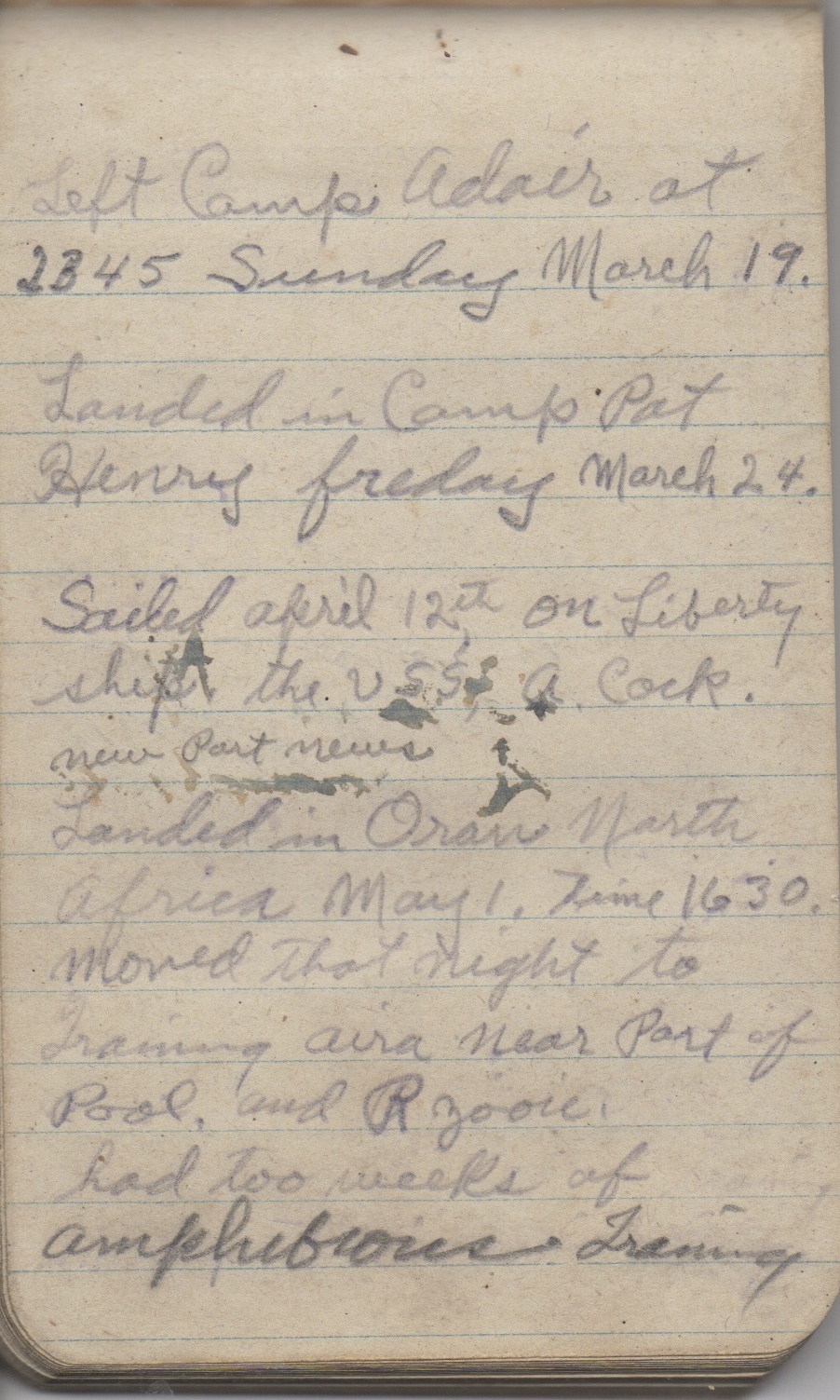316th Engineer Combat Battalion (Arno through Winter Static Phase)
The 91st Division entered the line again on 10 September at Pratolino, a few miles above Florence on Highway#65. The 316th Engineer Combat Battalion supported the advance by work on Route 365. From Pratolino to S. Pietro, the engineers had to repair twenty-seven craters. There was no opportunity to learn how the infantry was advancing along the heights beside the road, so division reconnaissance units travelled the highway with the advance engineer vehicles, providing them with security. The leaders pushed aggressively, and the progress was rapid.
When the division broke into the Sieve Valley at S.Pietro and Caffagiolo, it confronted the Gothic Line. On 13 September, the dividion began to attack, and as it moved forward, the 316th built jeep and mule trails up the mountain sides. Each night work parties went forward to breach the minefields and push the small roads further up the cliffs. As Futa Pass was approached, the engineer problems were mostly abatis and numerous craters.
Just before the pass was reached a tall bridge ws blown and a Bailey bridge was installed. Next a crater was filled at the pass, and then the 316th was across the divide and past the main Gothic Line defenses.
Highway #65 remained the responsibility of the 316th Engineers. To supply the division troops, lateral roads were dozed from the highway and up into the hills. Then, as the rains came in September, mud entered the picture. Vehicles were road bound: roads became impassable. Even the hard-surfaced Highway #65 became difficult to travel. A dry weather crater, requiring perhaps one platoon-hour to fill. became a monumental task to ppen and maintain during the wet weather. The dearth of gravel was heart-rending. Houses were continully bulled down for rock.
So it went. Up over Radicosa Pass, past La Posta, and Filigare, to Monghidoro. At Monghidoro, the 316th changed the road policy from one of immediate one-way traffic at all costs, to one of permanence and minimum maintenance. The advantage from monghidoro through Idvergnano during the first half of October presented many obstacles. Forty craters were filled, three road blocks removed, nine culverts installed and thirteen bypasses constructed.
In the days following the occupation of Livergnnao, the new missions for the engineers decreased in ratio to the decreases in new ground taken. After the roads to the front were opened and the lateral trails cleared and swept, more men and time became available fo improving the route which had already been hurriedly opened as the division had moved north. The engineers now returned to widen and imporve thesee roads for two-way, heavier traffic.
On 22 October, the 316th began to aid in the erection of defense fortifications for the infantry. As a static phase was entered, barbed wire obstacles, mines, and cratering charges were used, so that only a minimum number of foot troops would be required to be on the line at one time. Anti-personnel mines were laid before the infantry posisitons, as well as concertinas.
On the highway north of Idvergnano, the 316th combat Battalion had filled a crater blown by the retreating Germans. Now, in defensive positions, the americans returned and placed their own cratering charges in the same spot. This defensive mission of strengthening and improving the positons was not finished until November. In the latter part of that moneht, the battalion wehnt back to Montecatini and Pistoia for its first complete rest since entering the lines in July.
The unit was back on the line in the Highway #65 sector the first week in December. Time was spent checking the cratering charges placed earlier, and maintaining the roads, as well as improving living condidtions as much as possible. Three caves in rock cliff in the Sabbioni area were turned into "barracks" complete with double bunks. Doors were made of scrap wood and materials salvaged from shelled buildings. Other men built "bungalows" from scrap wood, sandbags and shelter halves. But most outstanding was a 60-foot by 30-foot mess hall, which was made from several thousand sand-filled 105 mm howitser shell cases. At night, the mess hall was used as a t heater for the enigneer troops.
Extensive reconnaissance work was done in December for the planned offencive, and engineer plans were made. After an extra heavy shelling of the bivouac area on 16 Decemb in which the mine and explosive dump was hit, the battalion evacuated the area and headquarters was reestablished in the town of Monghidoro. Defensive work was the main task in January.
The 91st moved east into the Idice sector, to replace the 34th Division in February, and once again road maintenance had to be stressed, especially as the warm weather brought back the problem of mud. The Roads gradually became greatly improved--the warmer, drier weather of late February and March hastened the process.
In about mid-March, the 91st Division was relieved of the Idice sector byan Italian group, and the 316th Engineers set up bivouacs on teh Sieve River a short distance off Highway #65 to take bridge training, instruct the infantry in mine warfare, andgenerally prepare for the spring offensive. After two weeks, the 91st Division beagan moving back into its position in teh sector straddling Highway #65.






